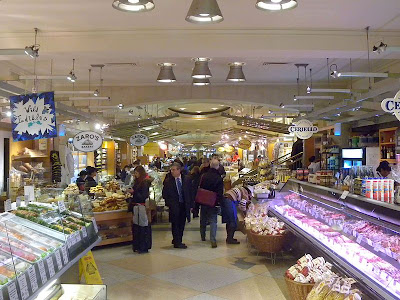Its reasonable to say that most Americans have never ridden a train (discounting subways, amusement park rides, and antique railroad attractions). Unless you live somewhere that has rail service, you probably don’t even think about trains. Cars and planes are how Americans get around. In Europe, however, most people get where they need to go by train.
GolfWiz Blog
Senior Travel Editor
EmaiL; jweaver35@comcast.net










